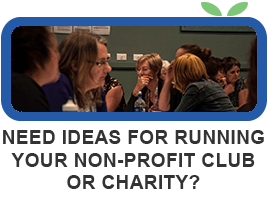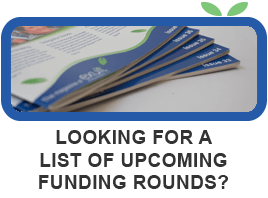Last updated November 3, 2015
I am on the mailing list for many non-profit organisations so I get to see alot of newsletters. Some of them are great, but some of them are embarrassingly bad. In fact, some of them I don’t even open anymore!
There are some non-profit experts that will argue that newsletters have had their day and are no longer a useful part of an organisations marketing and communication. I disagree. I think for some organisations newsletters still serve a purpose, and if done well, are a good way to help strengthen relationships. However, if your organisation is going to use newsletters as a way to communicate with stakeholders, there are few things you need to keep in mind.
Know what your readers want to see.
There is no point filling your newsletter with information that no-one is interested in. Take time to consider who your newsletter is for and what parts of your organisation they are interested in hearing about? What topics or issues relate to them? What information would add value to the reader’s life? You may need to create a different newsletter for different segments of your organisation.
Know how and when they want to receive the newsletter.
Hard copy or email? Monthly, bi-monthly, quarterly? Remember, it is important that you have regular contact with your stakeholders, but your newsletter is not your only option for communication. Think about all your other channels for communication and get the mix right.
Make it easy to read and open.
Whether hard copy or email – use a professional layout and design. Include good quality photographs to help you tell the story and highlight the bits you want people to notice. People don’t read newsletters – they skim them, so make sure they can get the whole story at a glance.
If sending your newsletter electronically, make sure you include information in the body of your email. Emails that simply say ‘Newsletter Attached’ are a waste of time. There are plenty of email programmes that will let you create good-looking, functional, measurable e-letters for free. Check out www.mailchimp.com for a start.
Use language that is all about them.
Use the word ‘you’ as often as you can. ‘Look what you have helped us achieve’, ‘Mary has finished school thanks to your support’. Make sure everything you include is relevant and related back to the reader.
Make appropriate invitations.
Your newsletter is a great place to invite stakeholders to take the next step, but you need to know who you are talking to and understand what stage of the stakeholder relationship you are in.You might like to include a wishlist for equipment or resources, an invitation to fundraising events or open days, and links to where readers can find more information. Always include an invitation to relate some more eg. Facebook, contact details
More than anything, it is important to write your newsletter as if you are writing to one person. Work out who it is you are communicating with, and write with that person in mind. Then as with any marketing and communication tool – test, tweak and measure.
If you think this article would be useful for your members, you are welcome to use it on your website or in your newsletter. We just ask that you let us know where it is being used, and that you acknowledge our website at the bottom of the article. If you are using the article online, please include a link to our homepage.




